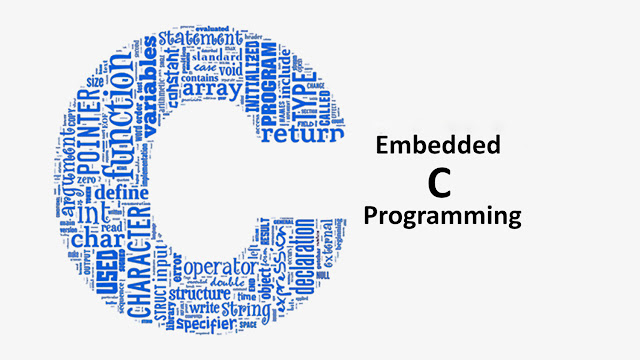In embedded C programming, a register is a small amount of memory built into a microcontroller or processor that can be accessed quickly and directly by the CPU. Registers are used to store and manipulate data, such as the values of variables, intermediate results of calculations, and control information for the CPU.
Registers are faster to access than memory, because the CPU can access them directly, without having to go through the memory bus.
In embedded systems, registers are used for a variety of tasks such as controlling the input and output pins, controlling the timers and counters, manipulating the data in the memory, and many more.
There are different types of registers, such as general-purpose registers, special-purpose registers, and peripheral registers. General-purpose registers can be used to store any type of data and are used by the CPU to perform calculations and store intermediate results. Special-purpose registers are used to control specific functions of the CPU, such as the program counter and the status register. Peripheral registers are used to control peripheral devices such as timers, counters, and communication interfaces.
Embedded C programmers can use keywords such as "volatile" to access the registers directly, and perform operations on them, this way they can have direct control of the hardware.
It's worth noting that the number of registers and their specific characteristics may vary depending on the microcontroller or processor. Therefore, it's important for embedded C programmers to be familiar with the specific registers and their functions on the microcontroller or processor that they are working with.

